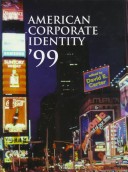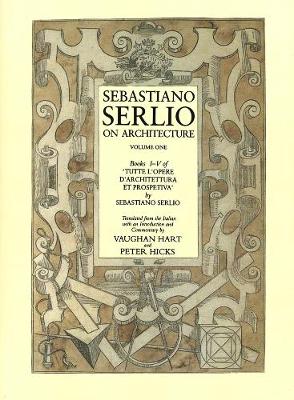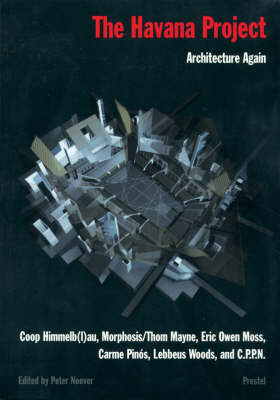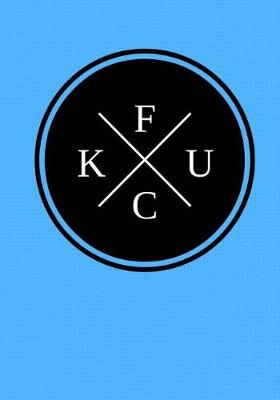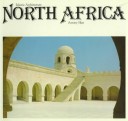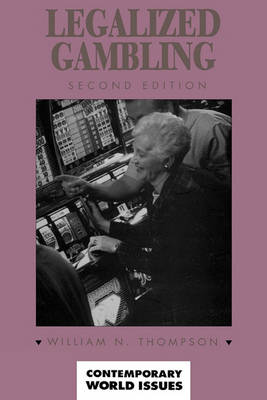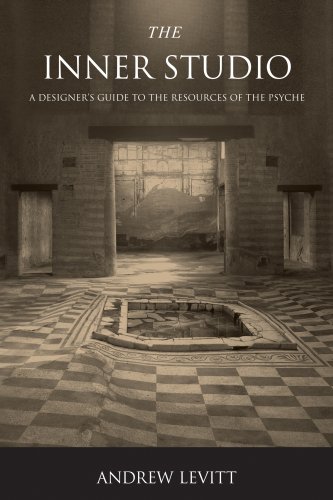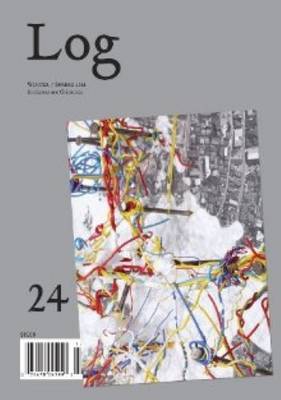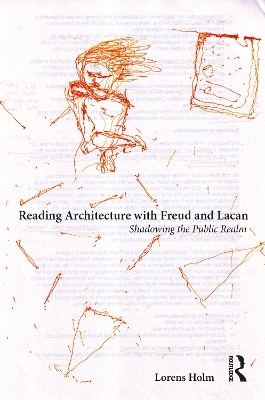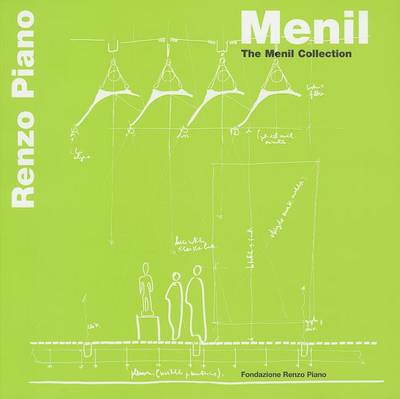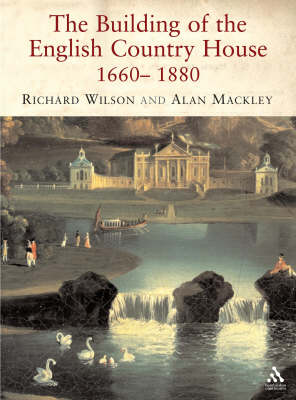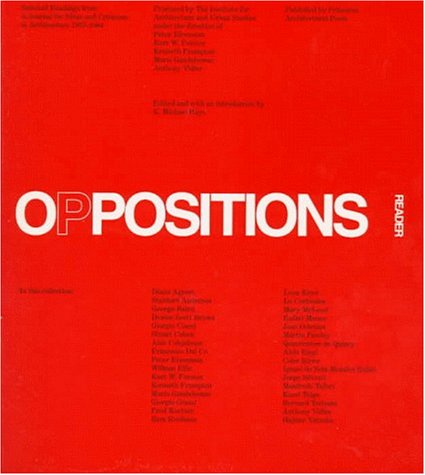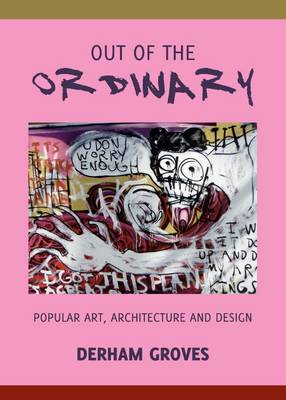Toward an Architecture of Enjoyment is the first publication in any language of the only book devoted to architecture by Henri Lefebvre. Written in 1973 but only recently discovered in a private archive, this work extends Lefebvre’s influential theory of urban space to the question of architecture. Taking the practices and perspective of habitation as his starting place, Lefebvre redefines architecture as a mode of imagination rather than a specialized process or a collection of monuments. He ca...
Michael Sorkin is one of the most forthright and engaging architectural writers in the world. In What Goes Up he charts the dehumanising regimes of mayors Bloomberg and De Blasio that created a city of glittering towers and increasing inequality. He looks at what has happened to Ground Zero, as a place of memory has been reconstructed by "staritects" and turned into malls. The city, he suggests, has to be reimagined from the street up on a human scale, to develop new ways to revitalise neighbour...
American Corporate Identity
Sebastiano Serlio (1475-1554) was the most important architectural writer and theorist of the sixteenth century; despite this, his writings have been virtually inaccessible until now. This translation of Serlio's five-volume treatise-he died before publishing two further volumes-replaces the only other English version, one that was produced in 1611 from an inaccurate Dutch translation of the Italian original. Vaughan Hart and Peter Hicks, working directly from Serlio's own corrected editions, he...
Havana Project: Architecture Again
The city of Havana represents a real challenge to contemporary architects. Havana has a rich and diverse heritage with its cultural roots in Andalusia, Africa, the Caribbean, the United States and Soviet Russia, yet many of its historic (16th-19th century) buildings are in need of conservation and restoration. It has slums and a great need for housing, urban infrastructure (sewerage system, transportation), and it must cater for its growing tourist industry. In 1982, Havana was designated a Monu...
Informal Architecture
"Informal Architectures: Space and Contemporary Culture" is a compilation of new and classic writing and visual art on spatial culture in modernity post 9/11. This collection creates an alternative perspective on the built environment through contemporary culture by focusing on the works and writing of international artists such as Dan Graham, Marjetica Potrc, and Gordon Matta-Clark. Particular attention is paid to spaces that are in some way temporary, contingent, marginal, or fictional in orde...
The observatories built in the 18th century by the Indian Maharaja Jai Singh II of Jaipur (1686-1743) are little understood wonders of architecture and science. "Cosmic Architecture in India" attempts to understand these mysterious buildings and the history of astronomical science behind them. Situated in Delhi, Jaipur, Benares, Ujjain and Mathura, the buildings show no similarities with contemporary Mogul architecture - indeed their simple geometrical forms inspired Le Corbusier, the great mode...
The four men who are the subject of this book were all trained in the traditional European mode, but in transferring their ideas from Europe to the American West, they incorporated rustic vernacular precedents and local materials to create the distinct style of the San Francisco Bay area.Richard W. Longstreth is Director of the Graduate Program in Historic Preservation at George Washington University. "On the Edge of the World" is included in the Architectural History Foundation American Monogra...
Reading Architecture with Freud and Lacan - Shadowing the Public Realm methodically outlines key concepts in psychoanalytic discourse by reading them against key modern and post-modern architects. It begins with what is arguably, the central concept for each discipline, by putting the unconscious in a dialectic relation to space. Each subsequent chapter begins with a detail in architectural discourse, a kind of provocation that anchors each excursion into the thought of Freud and Lacan. The text...
From the first idea to the opening day, the project is followed step by step through a long picture-report. Phrases by Renzo Piano serve as comments for the pictures and guide the reader though this journey. The main text, that can be found at the end of the book, is the testimony of Renzo Piano himself, recorded for this special occasion. Moreover, some sketches have been made especially for this book. The choice not to use any caption for the pictures, but to leave Renzo Piano's voice as a...
The Building of the English Country House, 1660-1880
by Richard Wilson and Alan Mackley
Building and rebuilding their houses was one of the main concerns of the English nobility and gentry, some might say their greatest achievement. This is the first book to look at the building of country houses as a whole in the two centuries after 1660. "Creating Paradise" shows why owners embarked on building schemes, often following the Grand Tour or excursions around other houses in England; where they looked for architectural inspiration and assistance; and how the building work was actually...
Oppositions Reader
In its 11-year history, "Oppositions", the journal of the New York-based Institute for Architecture and Urban Studies (IAUS), set the agenda, introduced key players and published seminal pieces on the theorization of architecture in the late 20th century. This text collects essays from 26 issues of "Oppositions". Contributions from architects, theorists and historians such as Aldo Rossi, Alan Colquhom, Leon Krier and Denise Scott Brown, amongst others, are included.
"Out of the Ordinary is one part unembellished documentation and one part verbi-visual equivalent of a Pro Hart work made with nineteenth-century, paint-loaded canons. It is a cultural history, resource for contemporary designers, imaginarium and luminous almanac of an explorer of the stranger species of creativity - from brick art to letterboxes, junk mail, mail art, television, fashion, food, model trains, Disney's imagineering, amusement parks, feng-shui, Postmodern architecture, human-scale...
Vitruvius Britannicus, Second Series (Dover Architecture)
by J Badeslade, J Rocque, John Woolfe, and James Gandon



